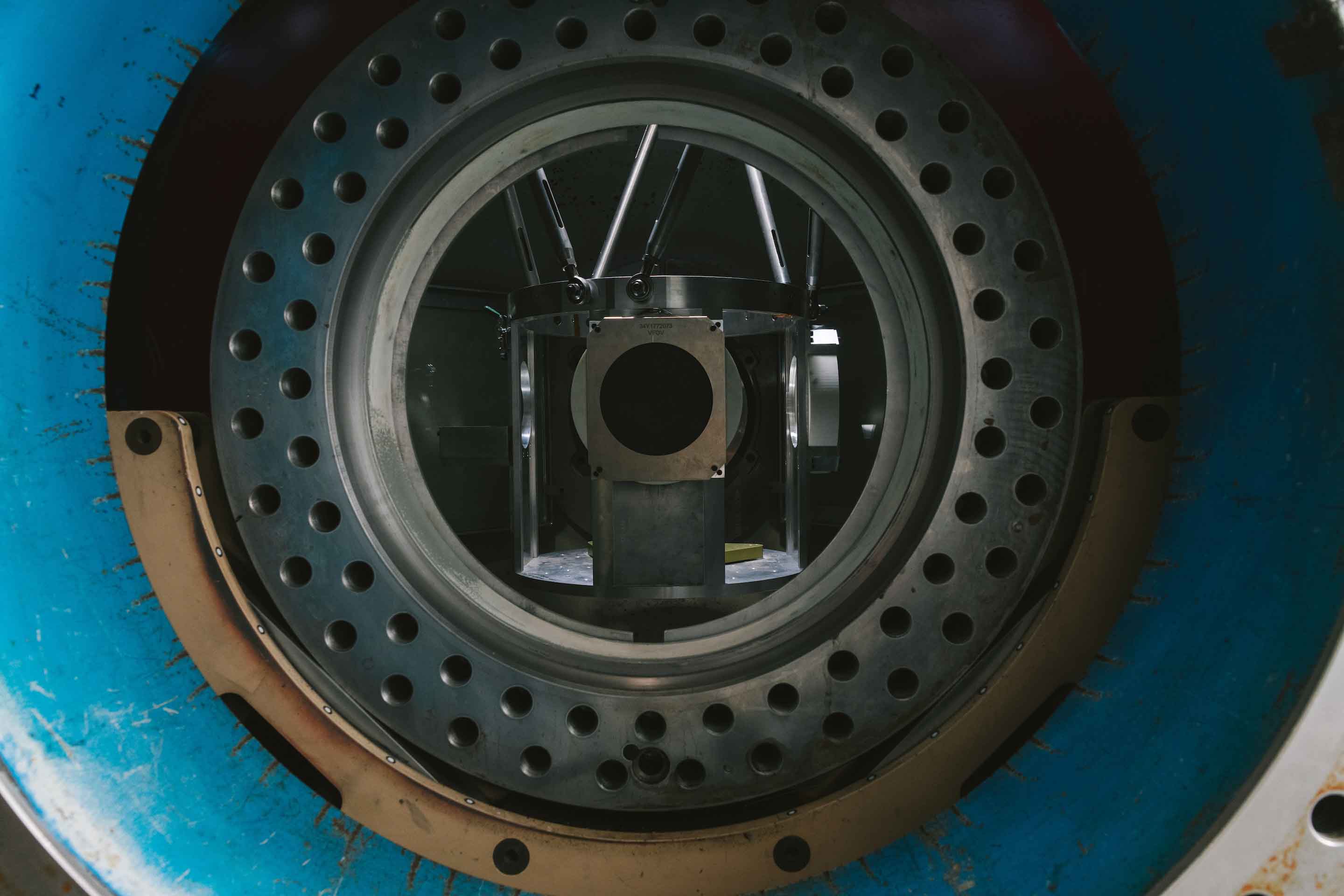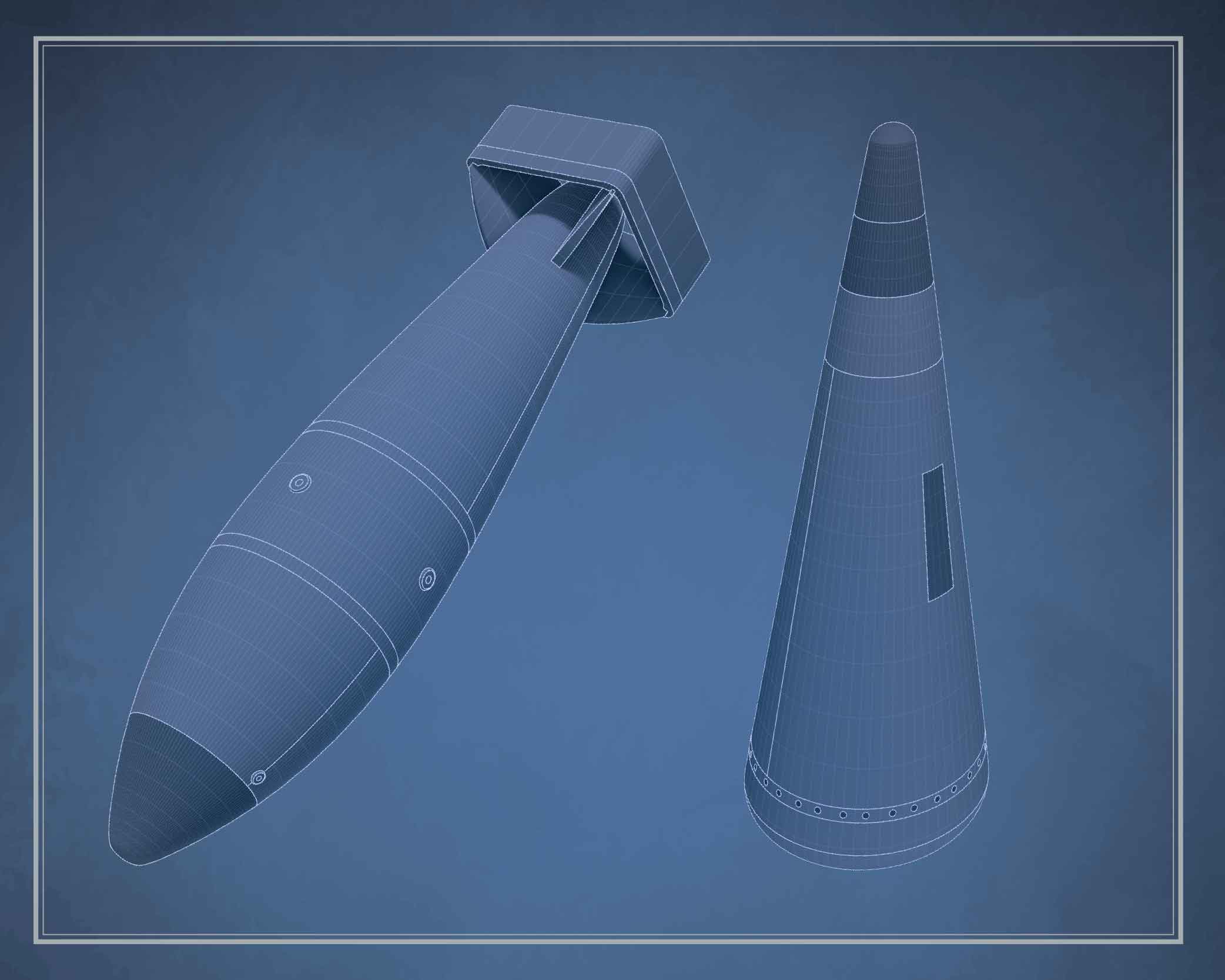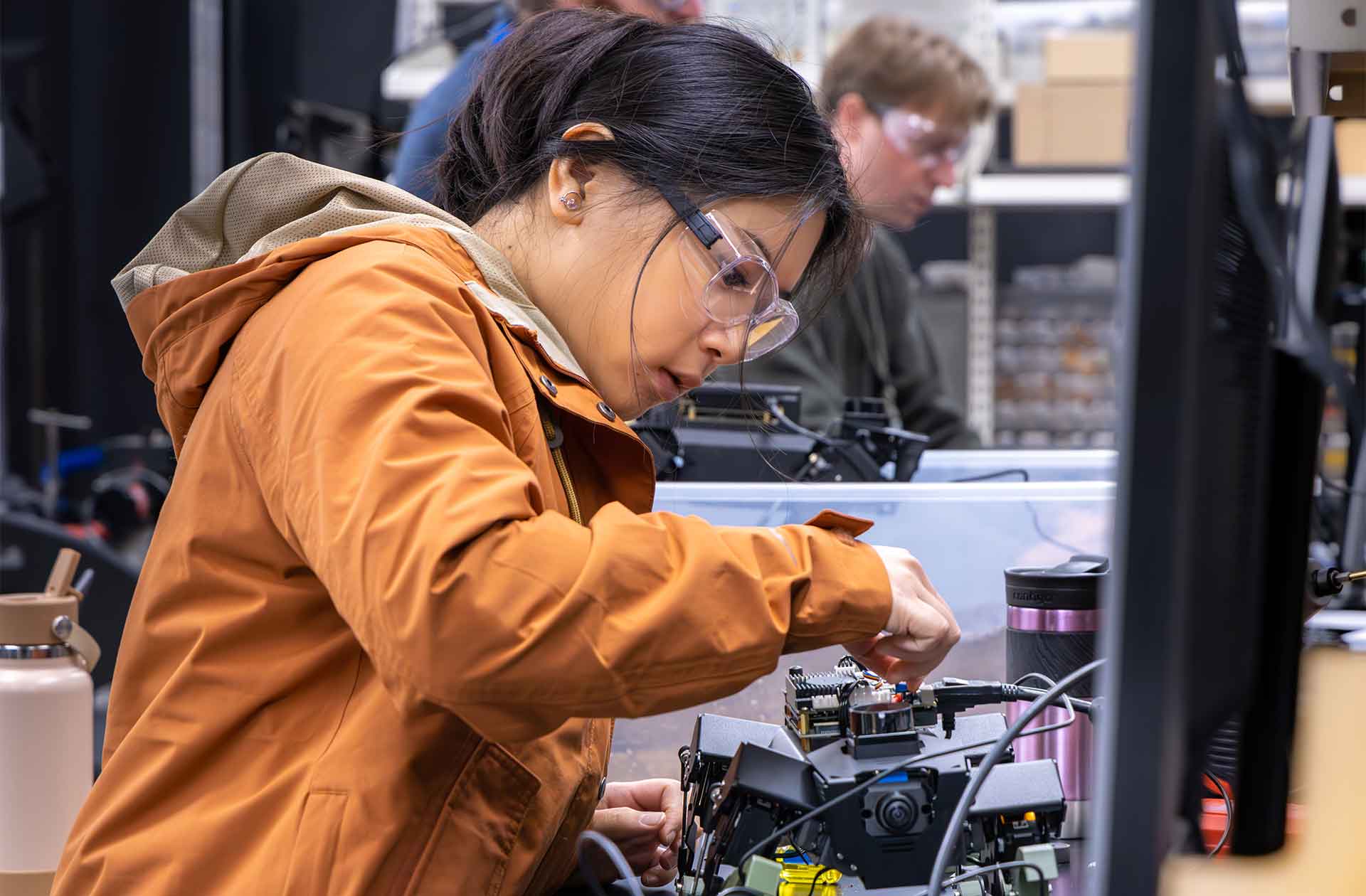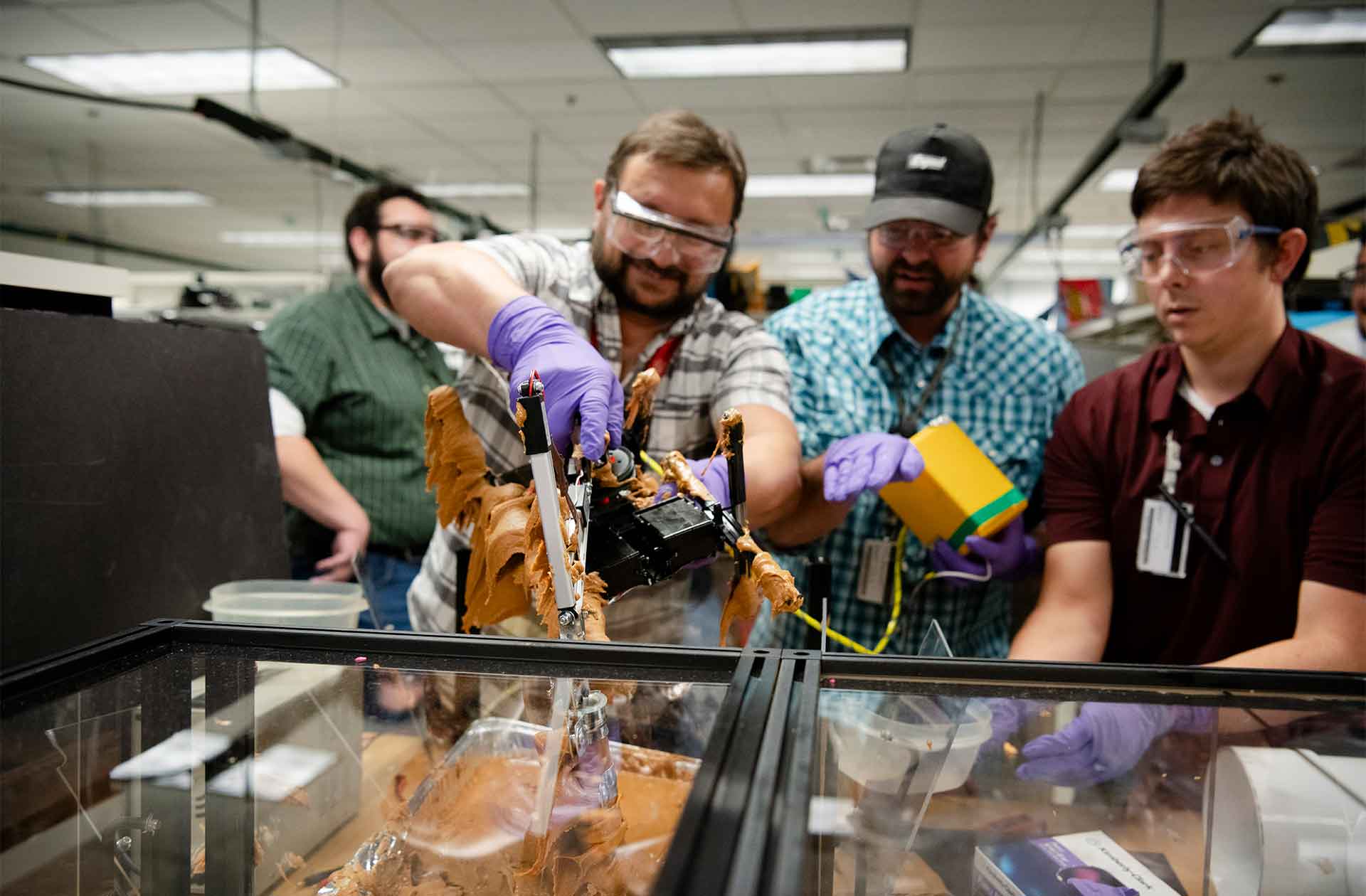Is technology replacing pilots?
Three Air Force pilots discuss the pros and cons of computers in the cockpit.
- J. Weston Phippen, Communications specialist

As technology advances, it can feel as if computers are edging out tasks performed by humans. To find out if human combat pilots could one day be replaced by artificial intelligence (AI) technology, NSS spoke with three Air Force pilots who’ve flown nuclear-capable aircraft: B-2 pilots Colonel Geoffrey Steeves and Lieutenant Colonel Dan Knerl and Major Creighton Moorman, who previously flew the B-52H and now pilots the B-1, which carries conventional weapons. Knerl and Moorman are current Air Force Fellows at Los Alamos National Laboratory. Steeves is a Los Alamos guest scientist and was an Air Force Fellow in 2019–2020.
When it comes to piloting, how much do you rely on technology versus your own instincts?
Moorman: Tech frees up aviators to do other tasks. For example, autopilot and GPS are a great help. Other systems analyze data and make suggestions to aviators who quality check the system. Tech is outstanding at removing simple, mundane tasks that allow aviators to make more informed decisions on complex issues. In an emergency, a computer is great for helping to diagnose malfunctions. However, it probably won’t be able to recommend the best course of action in the broader context of weather, fuel remaining, and runway conditions. A lot of the big picture decisions require risk balancing. To some degree, humans will likely always be in the loop for quality control and to override technology if required.
Knerl: I’ve been in situations where I know the computer is going to get me to the target a minute late if I don’t do something, and more times than not, my decisions resulted in a better solution.
Steeves: In an emergency, technology does a great job of telling you what’s happening. But it’s up to the pilot to determine how severe the emergency is and to take the appropriate action in a fluid and complex environment.

Are technological advances benefiting pilots? Will technology ever replace pilots?
Moorman: Most large planes used to require a flight engineer to monitor engine and systems performance, but now technology allows these tasks to be accomplished peripherally by the pilot. In 15 or 20 years, what will that look like? I’m not sure. But for the foreseeable future, humans will always be involved, especially when lethal decisions in the battle space are necessary.
Knerl: Recently DARPA [Defense Advanced Research Projects Agency] hosted a simulation that pitted AI versus an experienced Air Force fighter pilot in a series of within-visual-range combat maneuvers—commonly known as a dogfight. The computer won 5–0 through its aggressive and precise maneuvers. I think what you’ll see is AI being paired with humans, and the first step is as a wingman, where planes flown by computers assist a manned plane during missions.
Steeves: I agree with Dan that humans will continue to be paired with aircraft going forward. Some mission sets, such as reconnaissance, where aircraft use sensors to gather intelligence, or adversary air, where drones simulate enemy fighters, could eventually be executed with a high degree of autonomy. However, for strike missions that involve the actual weapons with lethal consequences, the military and society aren’t yet ready for these types of decisions to be made exclusively by computers.








